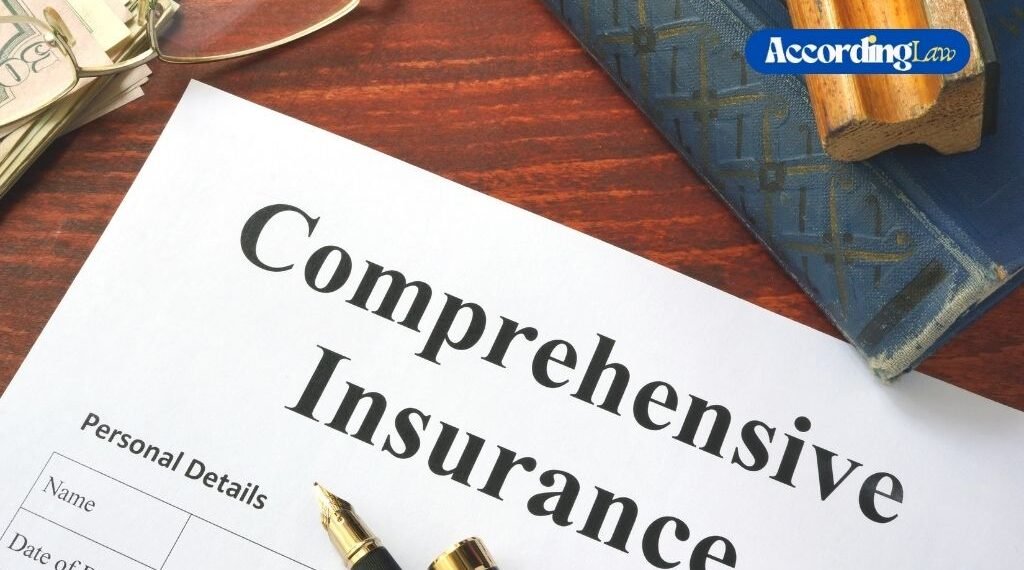The strength of a personal injury case depends largely on the quality and presentation of evidence. Courts and insurance companies rely on documented facts to determine fault, calculate damages, and assess the credibility of claims. While emotions and personal accounts may influence perceptions, objective evidence is what ultimately drives legal outcomes. Gathering, preserving, and presenting the right types of evidence can make the difference between a successful settlement and a denied claim.
Table of Contents
Understanding the Role of Evidence in Legal Proceedings
Evidence forms the foundation of every personal injury case. It establishes what happened, identifies responsible parties, and demonstrates the extent of harm suffered by the victim. Whether the case involves a car accident, workplace injury, medical malpractice, or a slip-and-fall incident, evidence allows attorneys to build a compelling narrative supported by verifiable facts.
Different types of evidence serve different purposes. Physical evidence, such as damaged vehicles, broken equipment, or torn clothing, can illustrate the severity of an incident. Photographic and video evidence can capture scenes as they were at the time of the event, preserving critical details that might otherwise fade from memory. Documentary evidence, including police reports, medical records, and witness statements, provides official support for the victim’s claims. Together, these elements create a factual framework that guides the legal process.
Building a Strong Case with Legal Representation
Collecting evidence is not always straightforward. Some evidence may be time-sensitive, while other pieces require legal procedures to obtain. Working with a personal injury lawyer can significantly improve the effectiveness of evidence gathering. Experienced attorneys understand which types of documentation carry the most weight in court and how to secure them efficiently.
For example, legal professionals can issue subpoenas for surveillance footage, access medical records in compliance with privacy laws, or work with accident reconstruction experts to analyze physical evidence. Lawyers know how to preserve evidence properly to avoid claims of tampering or inadmissibility. By guiding the process from the start, legal counsel ensures that every piece of relevant information strengthens the case rather than becoming a missed opportunity.
Preserving Evidence Before It Disappears
In many personal injury cases, evidence can degrade or disappear quickly. Physical evidence may be cleaned up after an accident, weather conditions may alter a scene, or digital data, such as security footage, may be automatically deleted after a set period. Acting promptly is critical to preserving the integrity of a claim.
Victims should document the scene as thoroughly as possible immediately after the incident, taking photos and videos from multiple angles. Collecting contact information from witnesses, noting environmental conditions, and recording their own observations can provide a strong foundation for later legal action. Attorneys often work with investigators to revisit scenes, gather statements, and secure time-sensitive evidence before it is lost.
Leveraging Medical Records to Establish Damages
Medical records play a pivotal role in demonstrating the severity of injuries and the impact they have on a victim’s life. Documentation from hospitals, doctors, physical therapists, and specialists provides objective proof of the physical harm suffered. These records help connect the injuries directly to the incident, countering claims that they were pre-existing or unrelated.
Detailed medical documentation includes diagnoses, treatment plans, prescriptions, and projected recovery timelines. Expert medical testimony can further clarify the long-term effects of injuries, including permanent disabilities or chronic pain. This evidence is crucial for calculating both economic damages, such as medical bills and lost wages, and non-economic damages, such as pain and suffering.
Power of Witness Testimony and Expert Opinions
While physical and documentary evidence provide tangible proof, witness testimony adds a human element that can either support or challenge claims. Eyewitnesses who observed the incident firsthand can describe what they saw in their own words, offering context and details that photographs or reports may not fully capture.
Their accounts often help establish the sequence of events, clarify how actions unfolded, and identify negligent behavior that led to the injury. Their statements provide clarity on key moments, such as the direction of movement, the timing of reactions, or the conditions at the scene.
The credibility of eyewitnesses can have a significant influence on the strength of a case. Courts often consider factors such as the witness’s proximity to the event, the lighting conditions, their ability to perceive clearly, and the consistency of their statements. A reliable witness who gives a clear, consistent, and impartial account can strengthen the plaintiff’s position and counter opposing narratives. On the other hand, conflicting witness statements can highlight discrepancies that require further investigation. This is why attorneys carefully evaluate and prepare witnesses before they testify, ensuring their recollections are presented clearly and accurately.
Utilizing Technology to Strengthen Legal Arguments
Modern technology plays a growing role in personal injury cases. Surveillance footage, dashcam videos, and smartphone recordings can provide irrefutable visual evidence. GPS data, vehicle black box information, and digital communications can be critical in reconstructing events and establishing liability.
Legal teams increasingly use advanced tools such as 3D modeling and animation to recreate accident scenes for judges and juries. These visualizations make complex scenarios easier to understand and can have a powerful impact during trials. Technology provides new types of evidence and enhances the presentation of traditional evidence, making arguments more compelling and easier to follow.
Demonstrating Causation and Liability
Evidence must prove two key elements: causation and liability. Causation establishes that the defendant’s actions directly led to the plaintiff’s injuries. Liability shows that the defendant had a duty of care, breached that duty, and caused harm as a result. Without clear evidence supporting these elements, a claim is unlikely to succeed.
Different types of evidence work together to establish this link. For example, medical records demonstrate the nature of injuries, accident reports show what happened, expert testimony explains why it occurred, and physical evidence ties everything together. A strong evidentiary foundation leaves little room for doubt, making it easier to negotiate fair settlements or win favorable verdicts.


